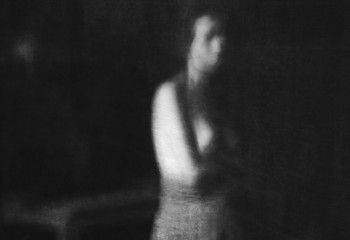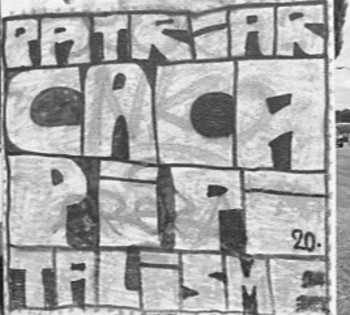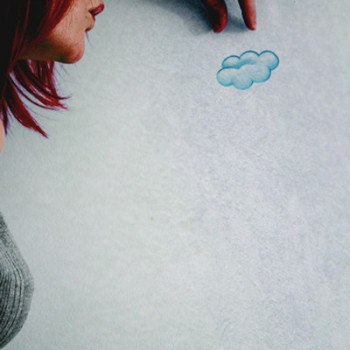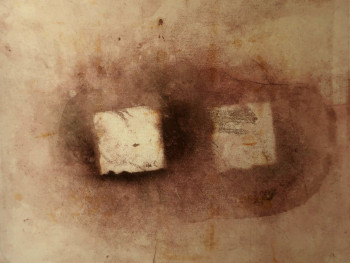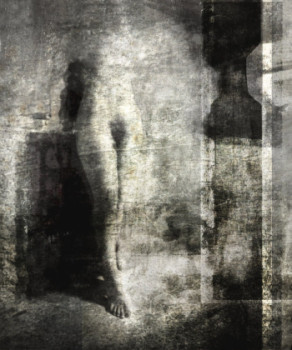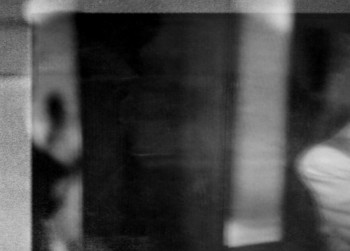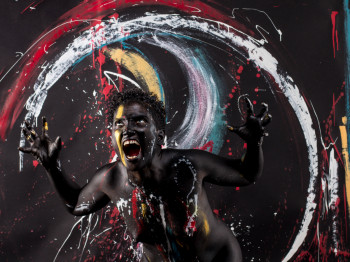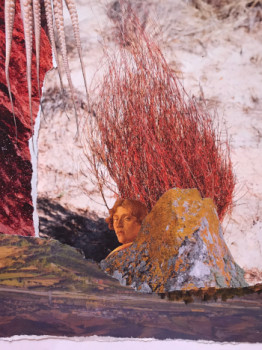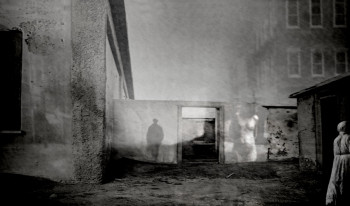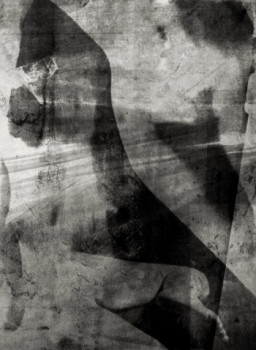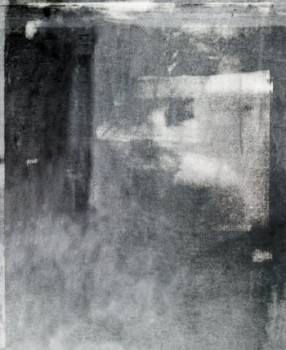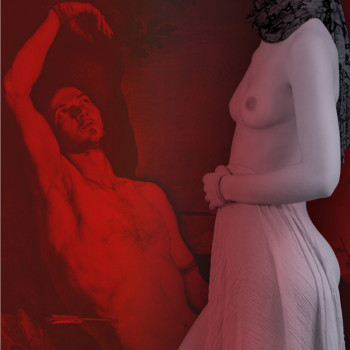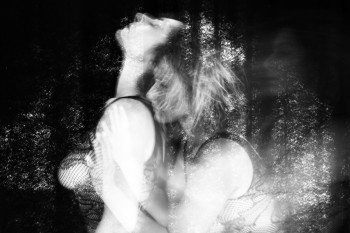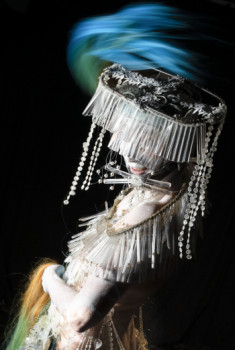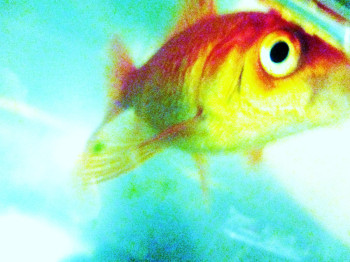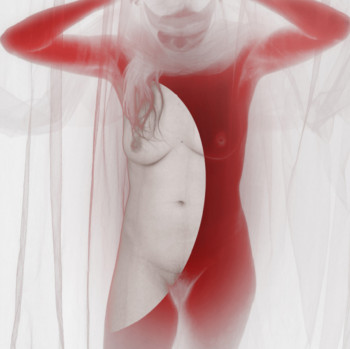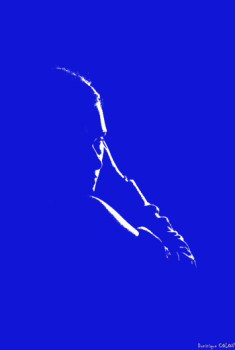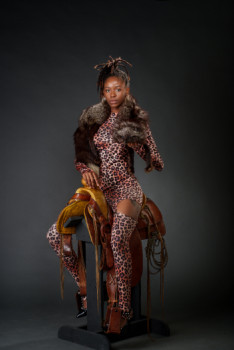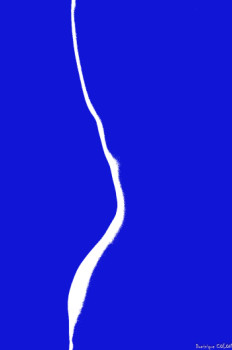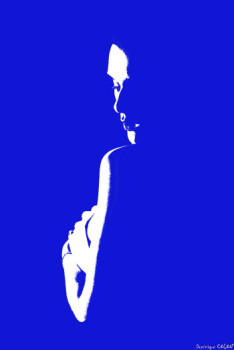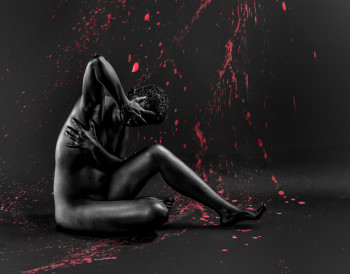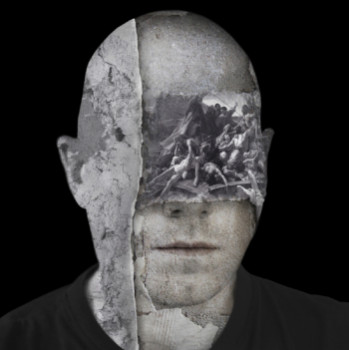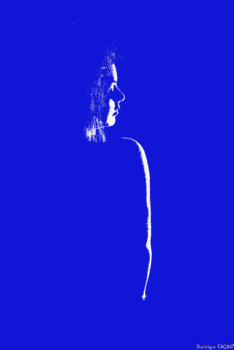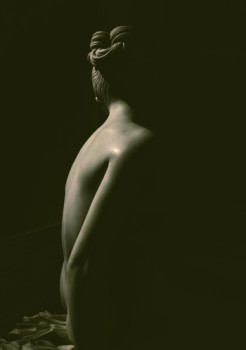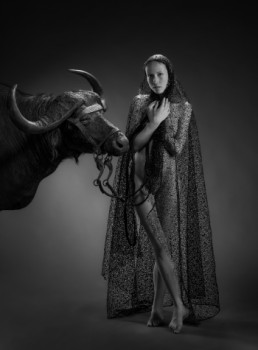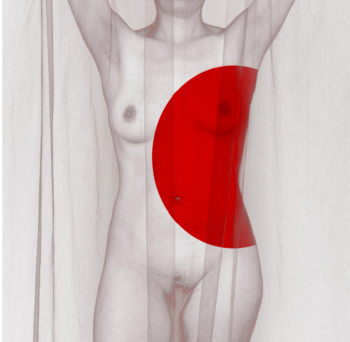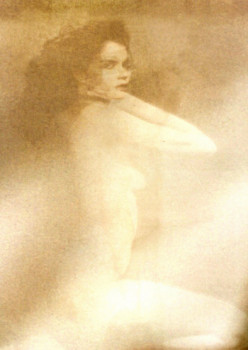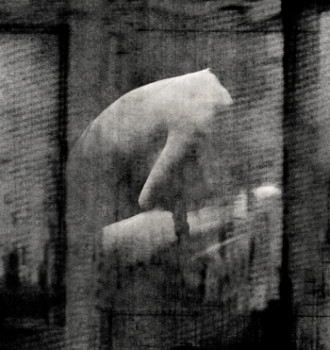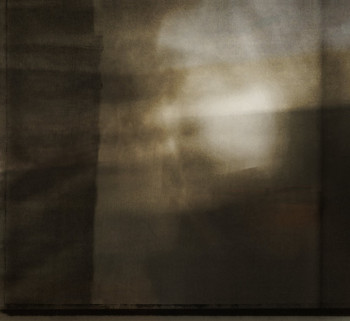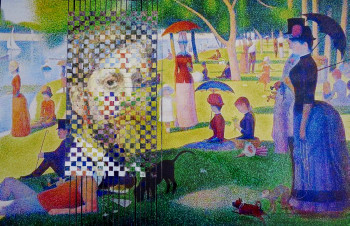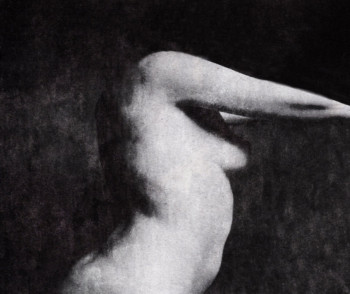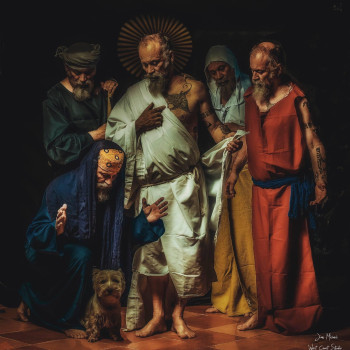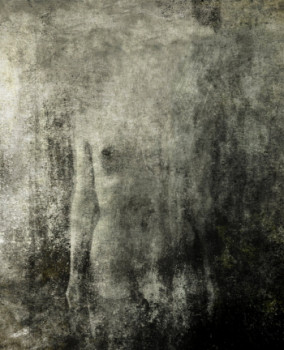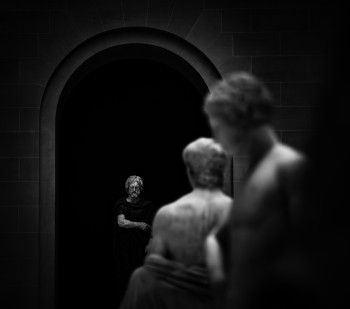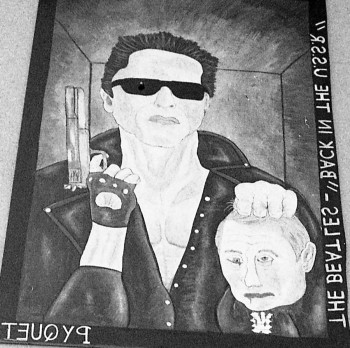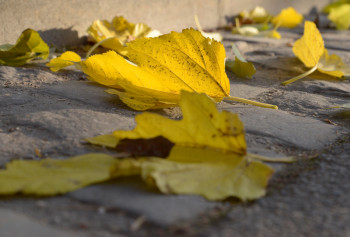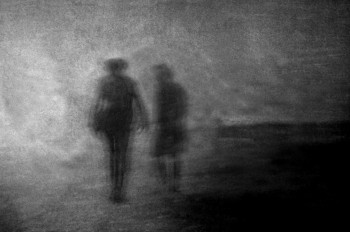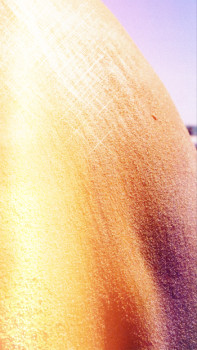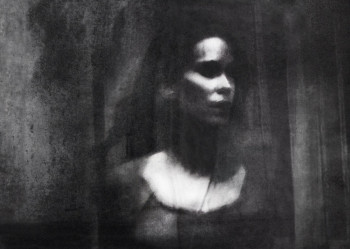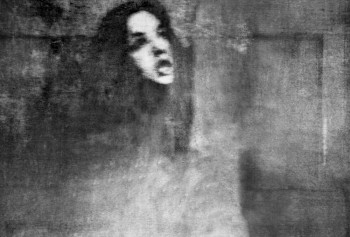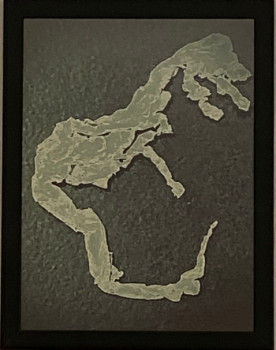
Man Ray, an American Dada artist turned French
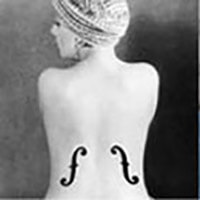
Man Ray, born in Philadelphia on August 27, 1790 under the name of Emmanuel Radnistky or Rudzitsky, was a painter artist, artist photographer and American filmmaker. Promoter of Dadaism and Surreptitiousness ;alism, he settled in France in 1921. Naturalized French, he died in Paris on November 18, 1976.
Birth, childhood and training
Emmanuel, known as Manny then Man, better known as Man Ray, was the oldest of a family of three children. He had two younger sisters, Dorothy and Essie. Their parents, Max and Minnie, were of Russian ancestry and Jewish faith. Max was a tailor, Minnie was a seamstress. Man and his sisters grew up in Brooklyn, at New York. Man's father needed help in his tailor's workshop, the three children were asked to work there. This had a lasting impact on the work of Man Ray: several of his works in fact contain references to sewing and clothing. In the face of Anti-Semitism, Manny's family decided to change their surname: from Radnisky, they became Ray, and young Manny was therefore called Man Ray. Very early interested through art,Man saw in painting and photographie tools of expression allowing the artist to communicate with his audience. Man was educated; at the Ferrer Center in Manhattan, an establishment with very liberal methods, which promote the development of creative creativity. artistic of the young boy.
Career as a painter and photographer throughout the world New York then in France
Man Ray began his career at New York as painter and illustrator as well as as a photographer: for example, he frequented the gallery 291 of Alfred Stieglitz, famous photographer and American gallery owner. In 1915, he exhibited paintings and drawings Grantwood, New Jersey. He then abandoned conventional painting to become involved in the Dada movement. He became editor of two Dadaist magazines in the United States, The Ridgefield Gazook and TNT. In 1920 his collaboration with Marcel Duchamp began, which led to his creation. the publication of a magazine entitled New York Dada.
In 1921, Man Ray left New York and settled in New York. Paris. There he met Kiki de Montparnasse, singer and model, who became his muse and with whom he fell madly in love. In Paris, he took numerous photos for fashion magazines, such as Vogue and Vanity Fair. In Paris, he also explored the technique of the photogram, a technique which allows one to take a photographic image of an object without using a camera, by placing the elements that one wishes to immortalize on a photosensitive film : this gained him the recognition and admiration of dadaist and surrealist artists such as Tristan Tzara, Salvador Dali and Jean Cocteau. In 1925, Man Ray also participated in the the first surrealist exhibition in Paris the Pierre Gallery alongside Joan Miro,Pablo Picasso and Max Ernst.
Man Ray specialized in photographic portraiture and directed avant-garde short films such as that The Return to la Raison in 1923, L’étoile de mer in 1928 or even Les Mystères du Château de Déé in 1929. During the Second World War, worried about the anti-Jewish measures taken in Germany and then in France, Man Ray had to leave Paris and take refuge in the United States: anti-Semitic persecutions would indeed have threatened its safety. He therefore lived at home. Los Angeles between 1940 and 1951, and he returned to his career. the painting that he had neglected during his stay in Paris. Paris. There in 1946 he married a professional dancer named Juliet Browner.
Innovations
Man Ray rediscovered the use of the photogram, a forgotten photographic technique which allowed him, without using a photographic device, to create images that he described as rayograms, and which produced, according to him, a « surrealist ». His film The Return to the reason was the first cine-rayogram, that is to say an entire film made on the screen. without camera. Man Ray also practiced solarization in his photographic art: rediscovered by his muse and mistress, Lee Miller, also a photographer, Solarization is a technique that allows tones to be inverted, and produces images that evoke the negative of a photograph. Finally, Man Ray was the first to use the photographic technique known as light painting, consisting of; create trails of light by combining the practice of long exposure and using several moving sources of light. His film Space Writing (Self Portrait) directed in 1935 is the first film using this technique.
Major successes
Among the most famous works of Man Ray, it is worth mentioning The violin of Ingres , made by in 1924, representing Kiki de Montparnasse, the photographer's muse, naked, her back decorated with flowers. cello holes drawn on his skin. This photograph was sold in 2022 for around ten million dollars. Another very famous photograph by Man Ray is Black and White, taken in 1926. It depicts ;feels it again Kiki de Montparnasse, her head lying on a table, holding an African mask in her left hand. The photography emphasizes, as its title indicates, the contrast of the colors of the mask and the face of Kiki de Montparnasse. This work photographic is also estimated at several million dollars. She appeared in a collection of American stamps, entitled Modern Art in America , created in 2013.
Tributes
In 1974, Man Ray received the Progress Medal from the Royal Photographic Society, as well as the status of honorary member, for major contribution to the technical and scientific development of photography and images in general. In 1999, Man Ray was designated as one of the 25 most influential artists of the 20th century by the magazine ARTnews, which particularly emphasized his innovations in photography and film, but also sculpture, painting. The magazine also praised his collages and assemblages, and more generally his creative intelligence.
Découvrez quelques oeuvres inspirées de Man Ray

